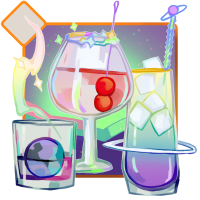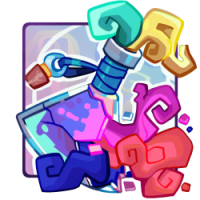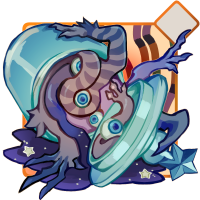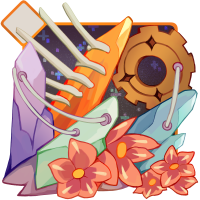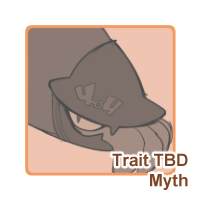
Fused Mouth
(Myth)
Fused Mouth (Nautipods) (Myth)
Click to search ML for trait[Mouth is fused via strips of skin]
- Can be straight, zig-zagged, or look semi-goopy
- Mouth can still be opened to some degree
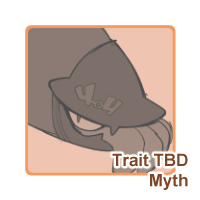
Color-Changing Markings
(Myth)
Color-Changing Markings (Nautipods) (Myth)
Click to search ML for trait[Markings that change color for a total of two alternate base colors]
- Markings can change from one color to another, for a total of two different color versions
- Can only be applied to a defined marking, meaning it should not usually apply to pure gradients or base color
- Can change color due to mood, willpower, choice, or otherwise
- Cannot effect markings on top of the base markings
- Does not effect eyes
- Cannot be stacked
Can be applied by:
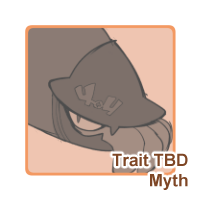
Color-Changing Coat
(Myth)
Color-Changing Coat (Nautipods) (Myth)
Click to search ML for trait[Base coat that changes color for a total of two alternate base colors]
- Base coat can change from one color to another, for a total of two different color versions
- Base coat is considered the color that all other markings are on top of
- Can change color due to mood, willpower, choice, or otherwise
- Cannot effect markings on top of the base markings
- Cannot be stacked
Can be applied by:
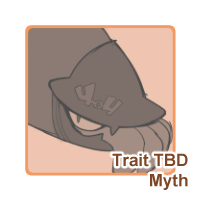
Extra Rows of Teeth
(Myth)
Extra Rows of Teeth (Nautipods) (Myth)
Click to search ML for trait[Extra rows of teeth, shown as full rows behind the front row]
- Rows of teeth should be placed behind the main row
- Teeth traits can apply
- Different rows can have different traits, but must have all traits listed
- Up to two additional rows can be added
- NAUTIPODS - This applies to the mouth’s internal teeth rather than helm teeth
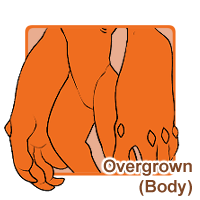
Overgrown
(Myth)
Overgrown (Crooks) (Myth)
Click to search ML for trait[Body parts that are very clearly larger than are proportional to the character. Specific aspects will be listed in the trait's notes on each individual design]
- Can affect both arms [includes forearms and hands], both legs, torso, neck, or more specific traits such as Horns/Spikes
- Affects length or overall size
- Cannot Affect multiple large parts of the body
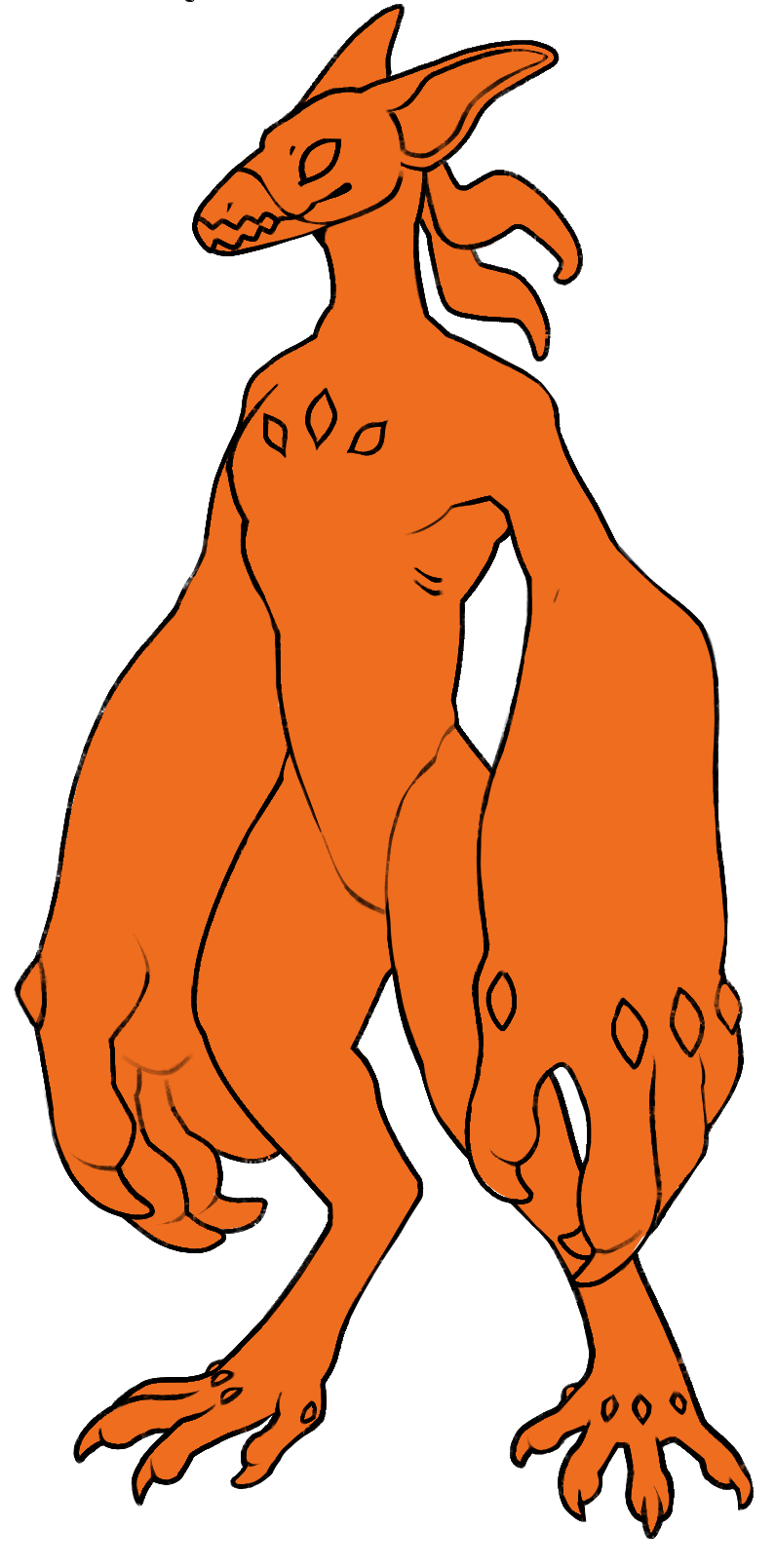
Can be applied by:
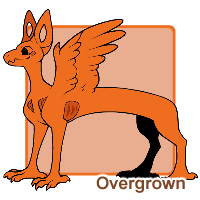
Overgrown
(Myth)
Overgrown (Gravents) (Myth)
Click to search ML for trait[Body parts that are very clearly larger than are proportional to the character. Specific aspects will be listed in the trait's notes on each individual design]
- Can affect both arms [includes forearms and hands], both legs, torso, neck, or more specific traits such as Horns/Spikes
- Affects length or overall size
- Cannot Affect multiple large parts of the body
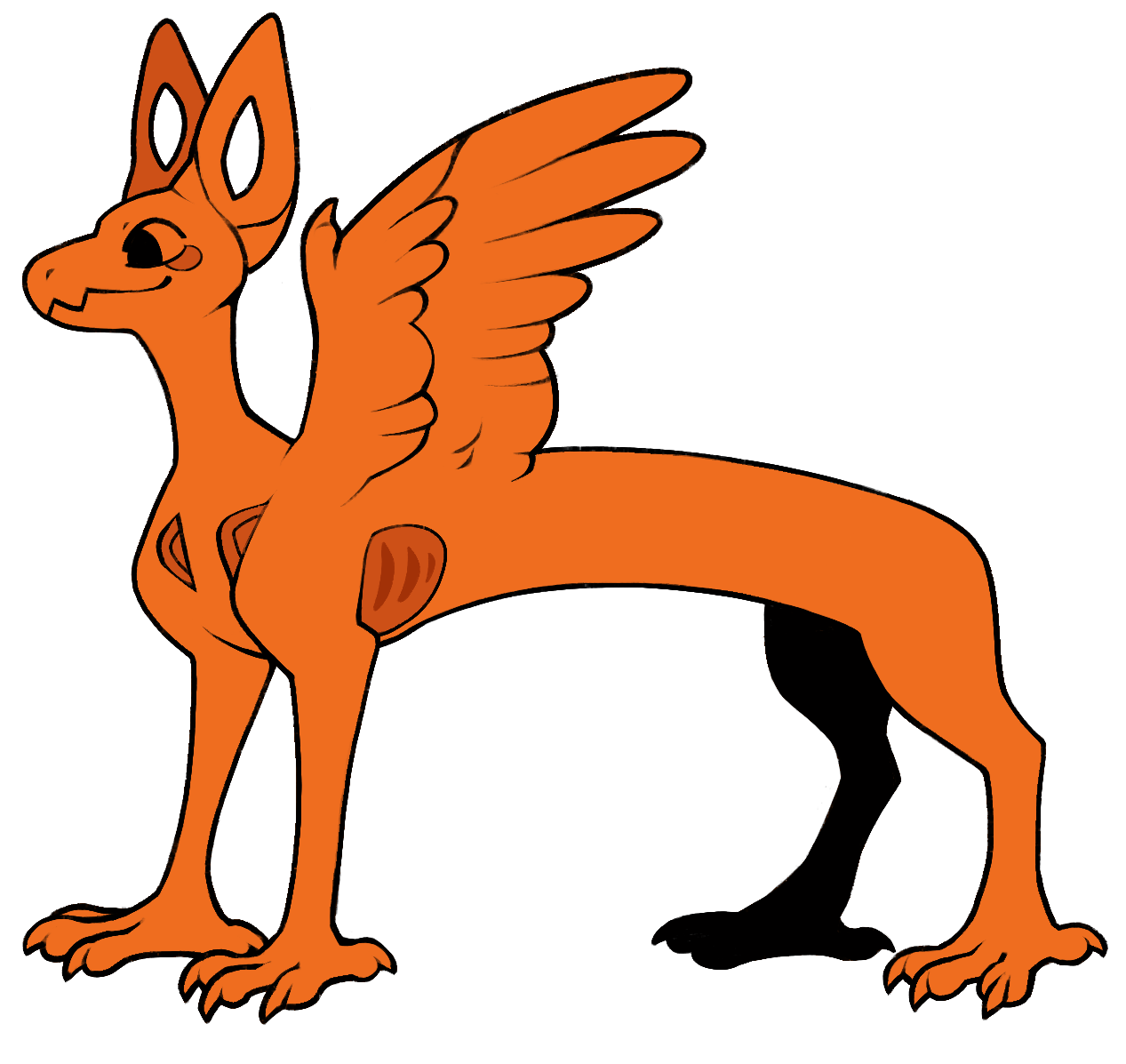
Can be applied by:
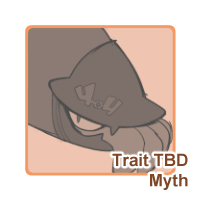
Overgrown
(Myth)
Overgrown (Nautipods) (Myth)
Click to search ML for trait[Body parts that are very clearly larger than are proportional to the character. Specific aspects will be listed in the trait's notes on each individual design]
- Can affect both arms [includes forearms and hands], both legs, torso, neck, or more specific traits such as Horns/Spikes
- Affects length or overall size
- Cannot Affect multiple large parts of the body
Can be applied by:
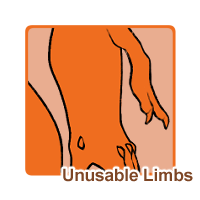
Unusable Limbs
(Myth)
Unusable Limbs (Crooks) (Myth)
Click to search ML for trait[Small additional limbs that have digits/joints that are unable to grab or grip objects]
- Limbs are smaller than standard sizing
- Limbs may be missing fingers, have digits varying in length, and have warped joint lengths.
- Limbs must have claws unless using arthropod host
- Limbs can be anywhere on the body, and be placed asymmetrically
- Limbs may appear as small bug legs if using arthropod host
- Each instance of the traits adds 2 pairs of unusable limbs (four total limbs)
- Cannot resemble standard Crook limb anatomy in shape or size
- Limbs cannot hold or grip objects, and are largely vestigial
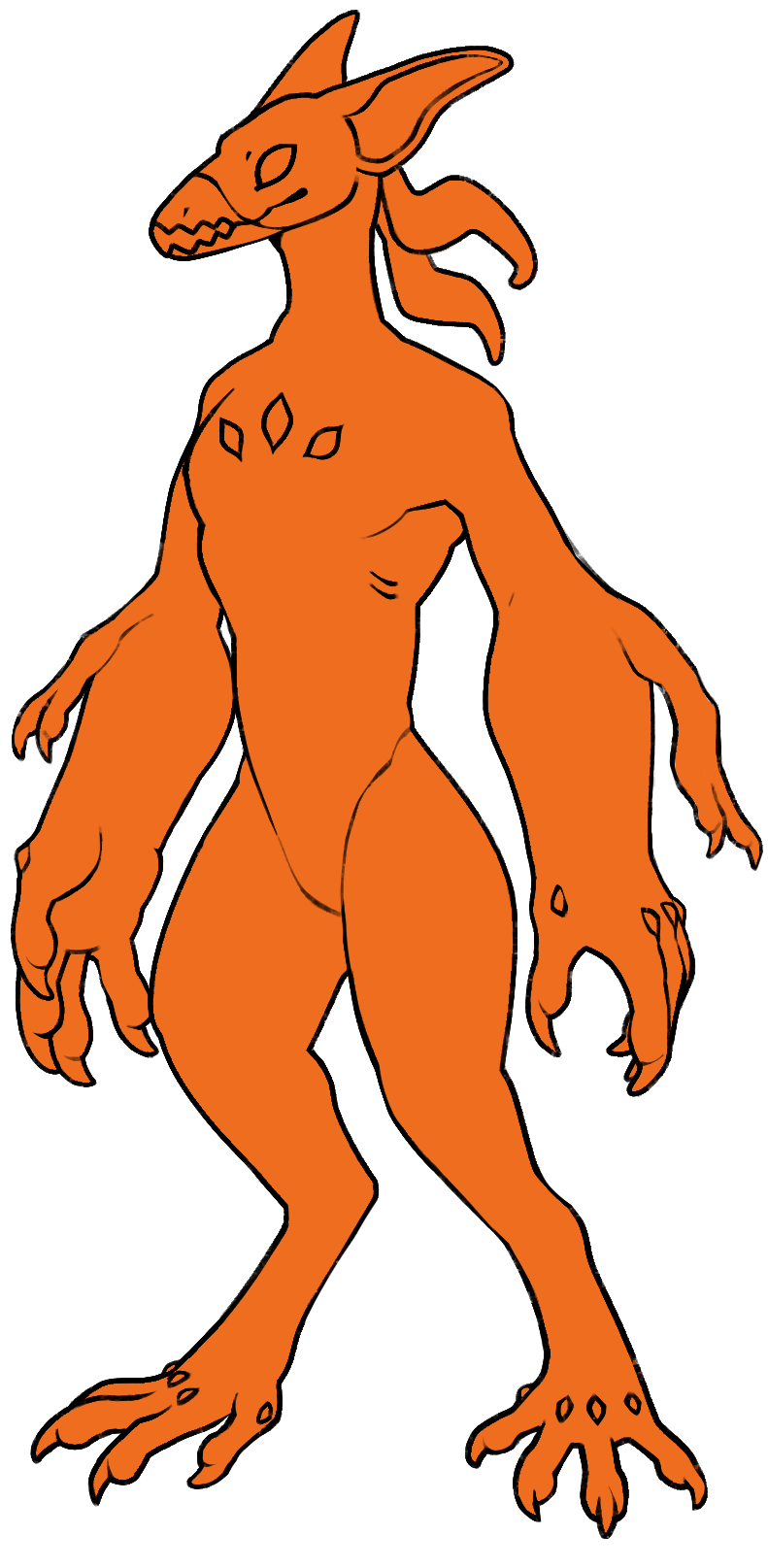
Can be applied by:
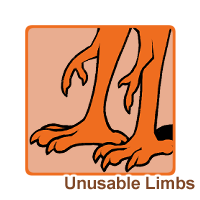
Unusable Limbs
(Myth)
Unusable Limbs (Gravents) (Myth)
Click to search ML for trait[Small additional limbs that have digits/joints that are unable to grab or grip objects]
- Limbs are smaller than standard sizing
- Limbs may be missing fingers, have digits varying in length, and have warped joint lengths.
- Limbs must have claws unless using arthropod host
- Limbs can be anywhere on the body, and be placed asymmetrically
- Limbs may appear as small bug legs if using arthropod host
- Each instance of the traits adds 2 pairs of unusable limbs (four total limbs)
- Cannot resemble standard Gravent limb anatomy in shape or size
- Limbs cannot hold or grip objects, and are largely vestigial
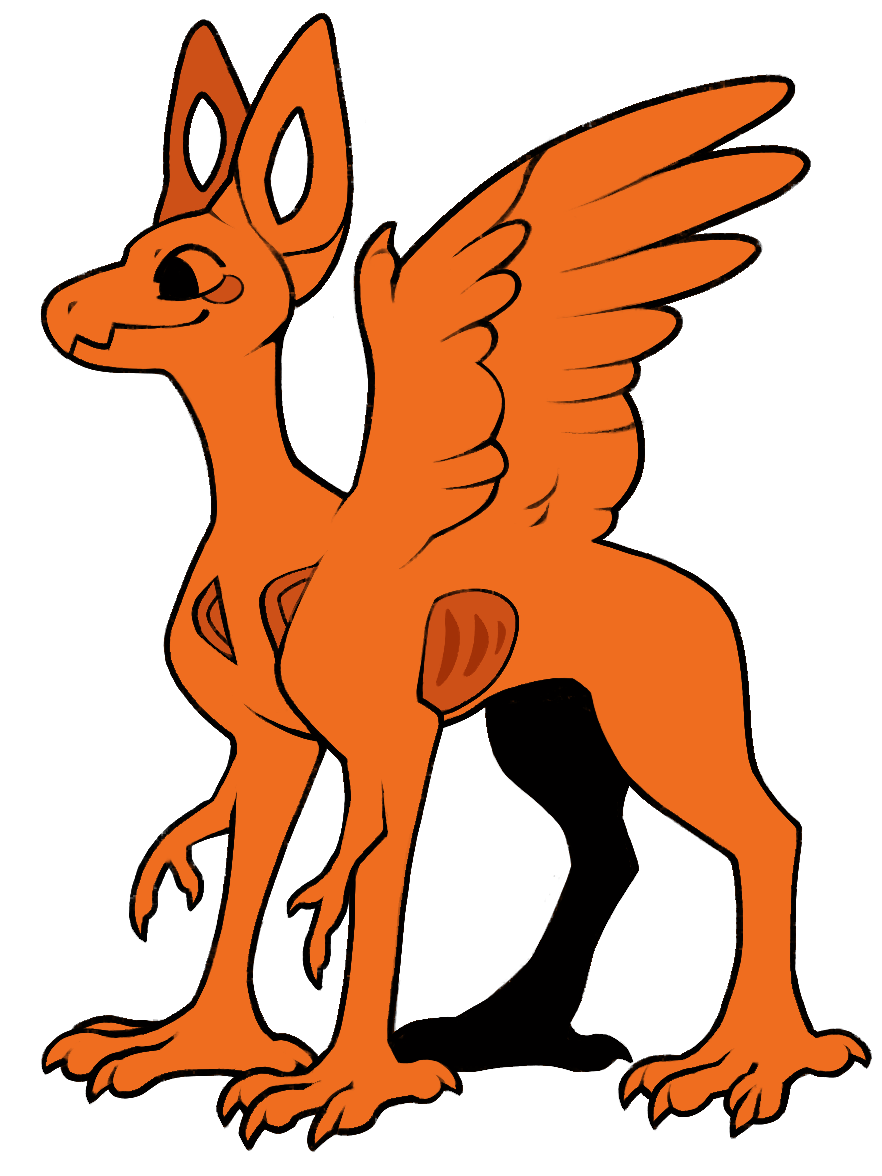
Can be applied by:
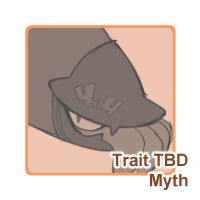
Unusable Limbs
(Myth)
Unusable Limbs (Nautipods) (Myth)
Click to search ML for trait[Small additional limbs that have digits/joints that are unable to grab or grip objects]
- Limbs are smaller than standard sizing
- Limbs may be missing fingers, have digits varying in length, and have warped joint lengths.
- Limbs can be anywhere on the body, and be placed asymmetrically
- Limbs may appear as small bug legs if using arthropod host
- Each instance of the traits adds 2 pairs of unusable limbs (four total limbs)
- Cannot resemble standard Nautipod limb anatomy in shape or size
- Limbs cannot hold or grip objects, and are largely vestigial
Can be applied by:
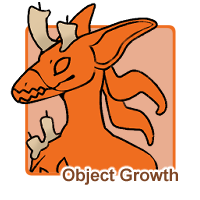
Object Growth
(Myth)
Object Growth (Crooks) (Myth)
Click to search ML for trait[The design grows some form of object across its body]
- Covers one type of object even if that object has more than one material [Example: wires with plastic coating and metallic ends]
- Object Growth includes Object Tail Tip if the tail's object matches the object growth type.
- Objects with multiple parts to it such as chains or multiple materials may be used as long as those parts would naturally appear as part of that object [Example: A lantern may hang from a short chain, have glass paneling, and metal casing. It would not include extra inserts such as candles, but those could be added as accessories]
- If the object glows [Light Bulb] or is metallic [Bell], it can have those effects, but the design would still require those respective marking traits if they were to appear elsewhere on the body.
- Can simulate weapon impalement, but weapon cannot be removed
- Object growth can grow ON but not replace tendrils
- Object growth can replace knucklebones as long as a knucklebone is still represented via the object. Does not make all bones an object
- Plant Growth on top of the body is classified in the following way:
- If a plant type falls under a category listed below, it can have multiple different plants within that type shown on the body with one instance [Example: Flowers may allow the user to have roses, daisys, and tulips with one instance of the trait]
- If a plant type would naturally allow for additional aspects of it, such as a flower with a specific type of leaves, the flower may include those leaves. This does not allow for leaves to then grow elsewhere/independantly, unless accompanied by the flower [Further Example: A branch may also have leaves on it if using a type of branch that includes leaves]
- If a plant is incredibly unique such as bamboo, it may be classified under its own section and allow depiction for what the plant would naturally show.
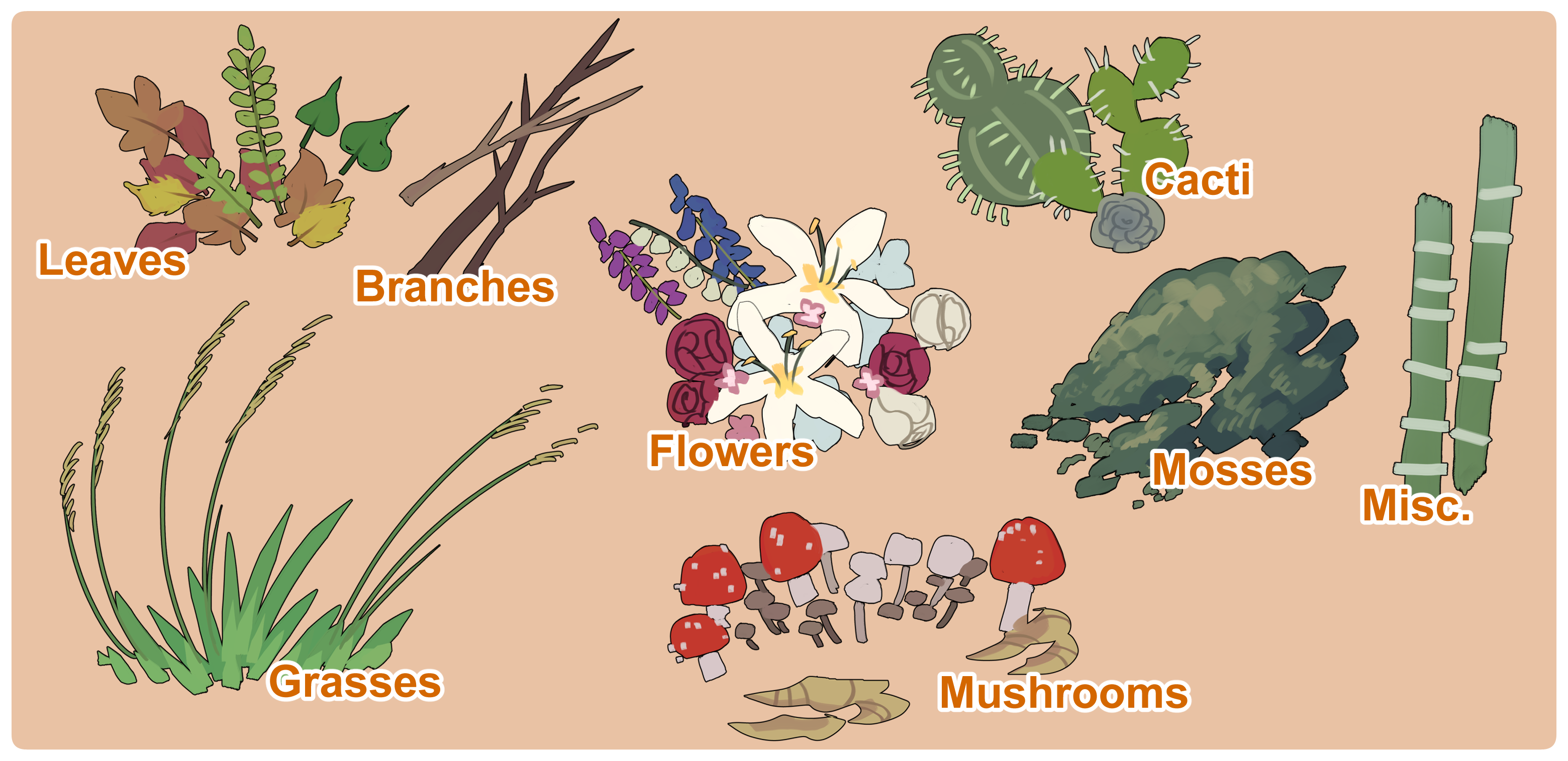
- Object growth should not replace an entire limb, and must appear as though its growing from the body rather than replacing it.
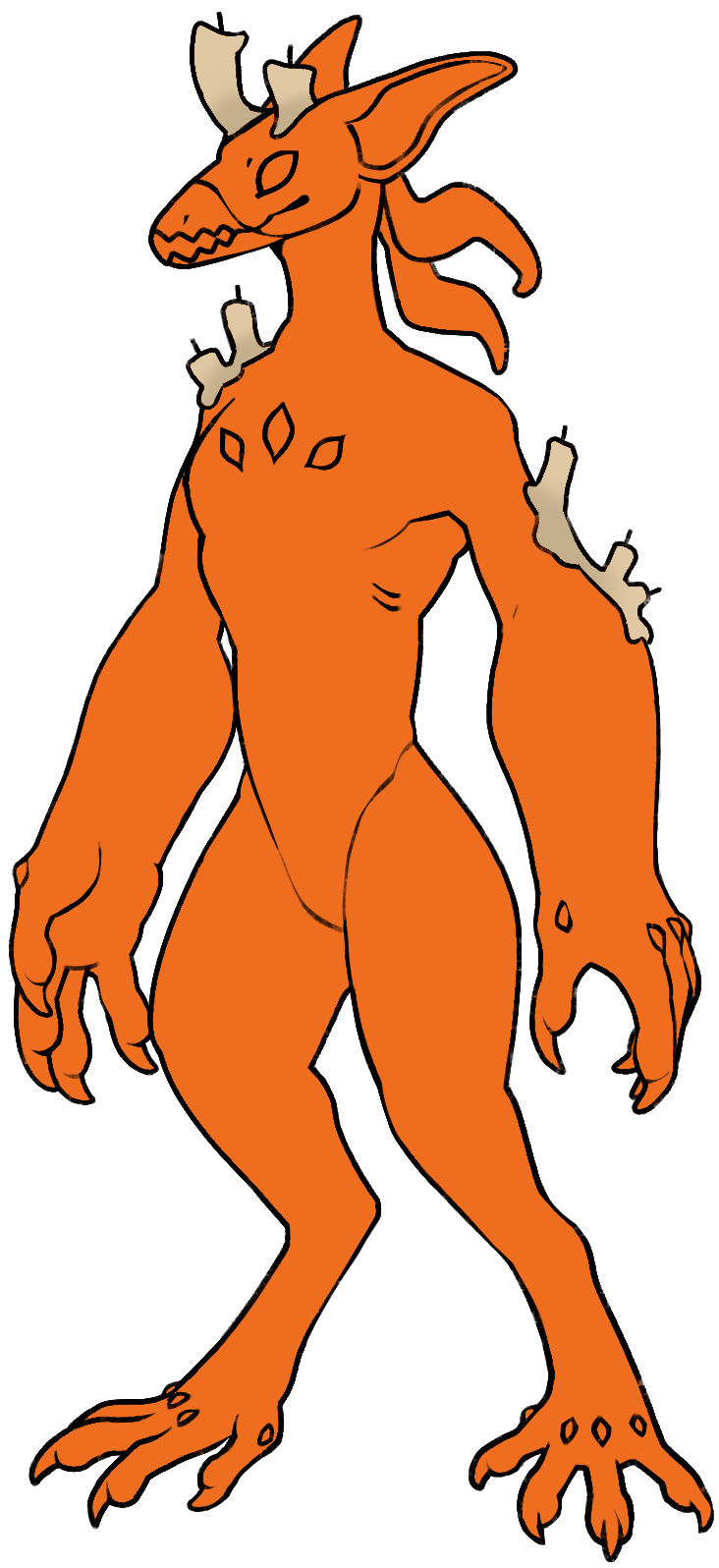
Can be applied by:
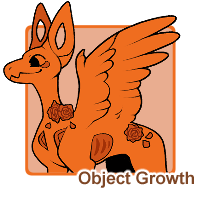
Object Growth
(Myth)
Object Growth (Gravents) (Myth)
Click to search ML for trait[The design grows some form of object across its body. This covers one type of item, even if that specific item (ie: wires) has more than one material]
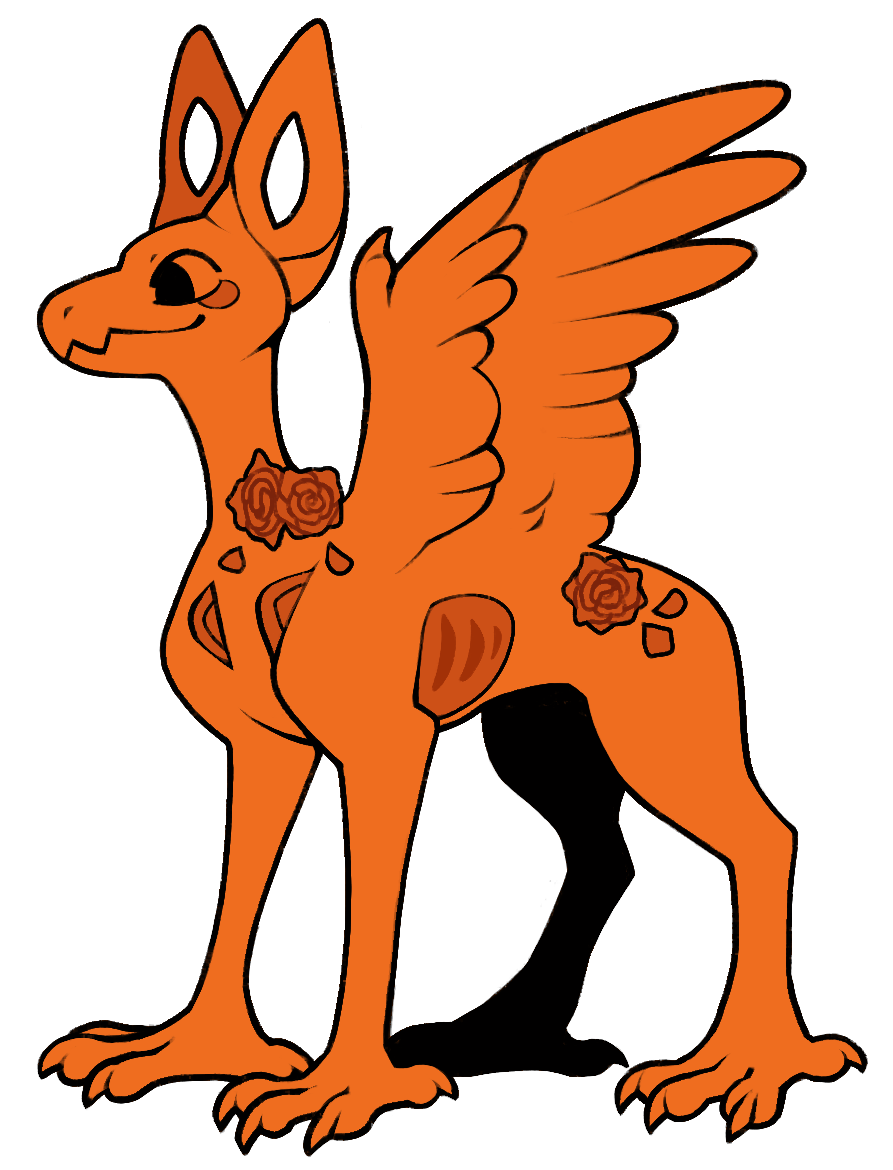
Can be applied by:

Object Growth
(Myth)
Object Growth (Nautipods) (Myth)
Click to search ML for trait[The design grows some form of object across its body (Helm, Shell, Soft Body). This covers one type of item, even if that specific item (ie: wires, bone) has more than one material]
